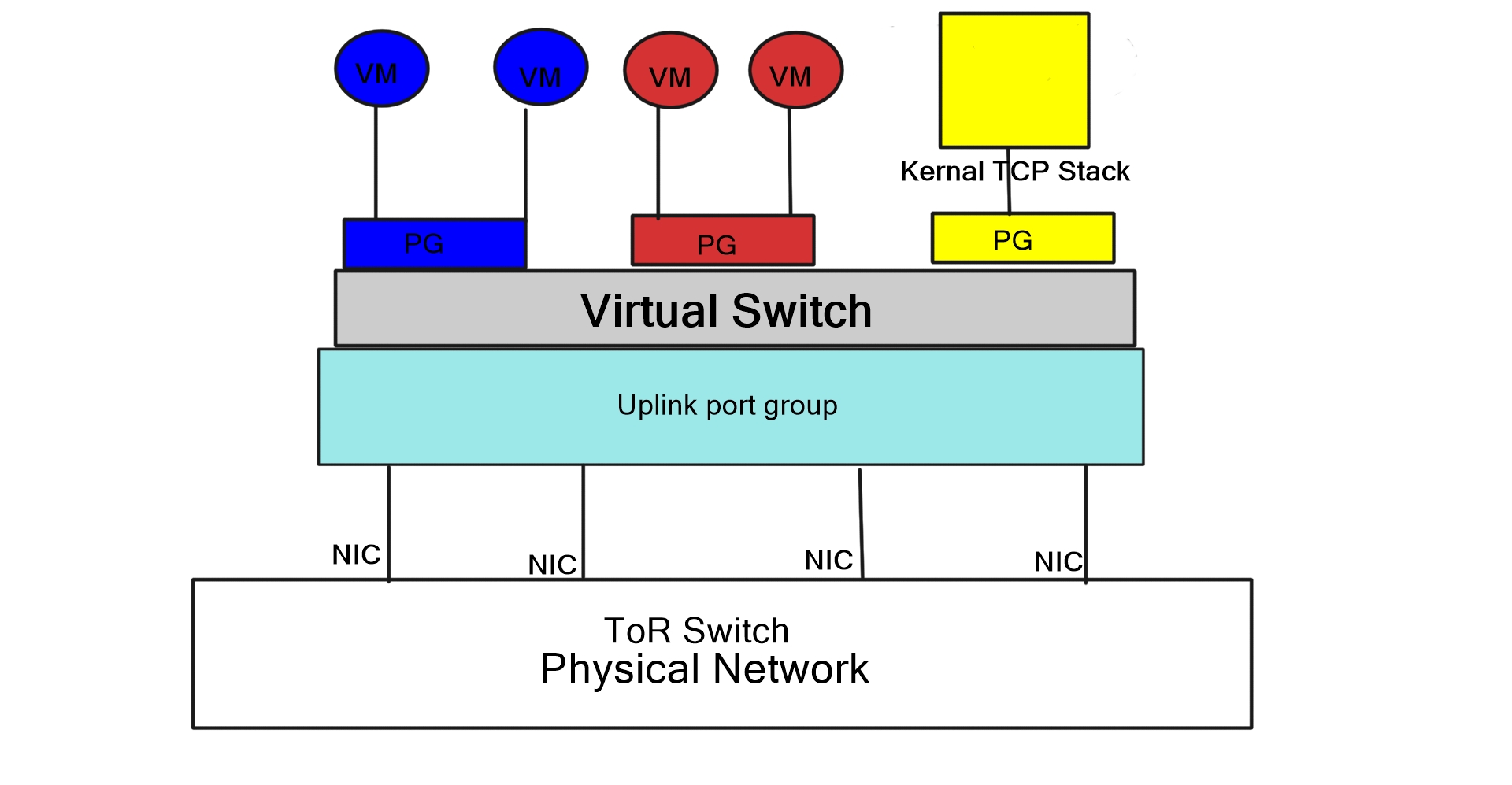

You might opt to define an interface-range for all P interfaces depending upon the density of your network. (Of course, merely deploying frame-mode MPLS doesn't buy us anything: This is just our first step.)īegin by adding the MPLS address family to all interfaces which will carry MPLS-encapsulated traffic. Implementing vanilla MPLS with LDP is pretty straightforward: Enable MPLS and LDP on all your P interfaces, turn up OSPF, and do some quick sanity-checking. This article assume some basic familiarity with MPLS/VPN, so if you're new to the game, consider reading through these previous articles for some background before continuing: The spine is comprised of four layer three switches which run only MPLS and OSPF they do not participate in BGP. My previous articles covering MPLS/VPN on Cisco IOS have been fairly popular, so I figured it would be worthwhile to cover a similar implementation in the Juniper world.įor our datacenters, we decided to implement a simple spine and leaf topology with a pair of core routers functioning as IBGP route reflectors and a pair of layer three ToR switches in each server rack.

While I'm no stranger to MPLS/VPN, I am still a bit green to Junos, so it was a good learning exercise. One of my recent projects has been deploying an MPLS/VPN architecture across a pair of smallish datacenters comprised entirely of Juniper gear.


 0 kommentar(er)
0 kommentar(er)
